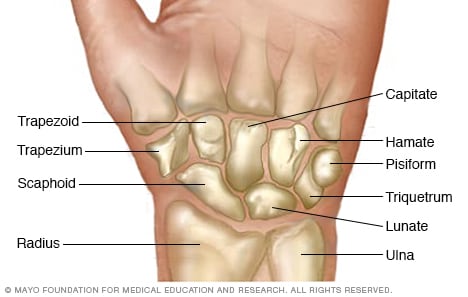On Friday, March 8th, Seattle Mariners third baseman Kyle Seager injured his left hand when attempting to dive and catch a ball. Initial X-rays showed no fracture or dislocation. On March 12th, Seager underwent surgery to repair a ligament in his left thumb. Seager’s injury likely occurred when the thumb was forcefully radially deviated.
This is likely an injury to the ulnar collateral ligament of the joint between the metacarpal and the proximal phalanx of the thumb (MCP joint). The second joint of the thumb. The UCL is the structure that stabilizes the MCP joint on the side of the thumb that faces the rest of the hand. When it ruptures this ligament pulls off the phalanx. The part of the ligament towards the tip of the thumb comes off the bone. If that end of the ligament flips over the top of another structure in the area (the adductor aponeurosis), it won’t heal back and the thumb will be loose with pinch. It can be difficult to tell by examination (or even MRI) if the ligament is in this non-healing position. People often consider surgery when there is substantial laxity and the possibility of not healing is higher.
Timetable to return is described as 10-12 weeks. That means that he might plan to return when the ligament is about 80% strength, which is reasonable.
